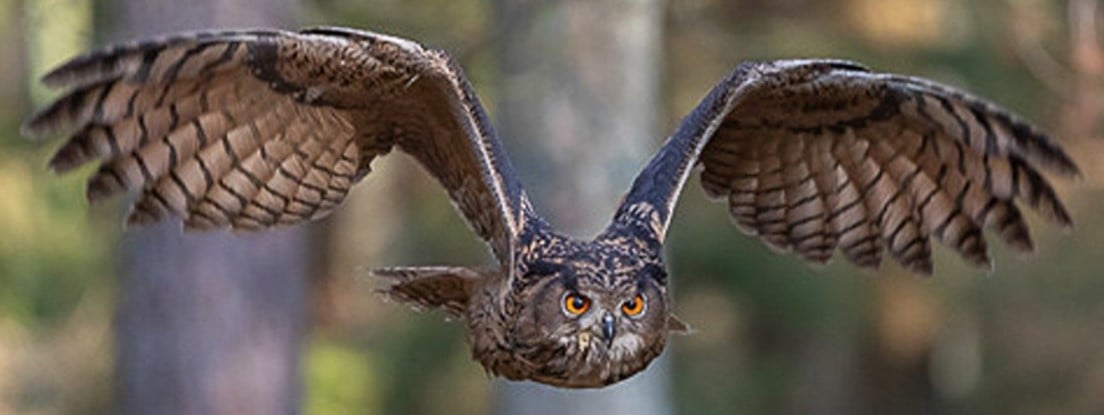Finally, the James Webb makes an interesting discovery! /s
From Universe Magazine
Collision of twin galaxies gave rise to the eerie gaze of the Cosmic Owl
For the first time, an international team of astronomers using powerful space and ground-based telescopes has observed the merger of two nearly identical ring galaxies. Together, they form an impressive structure resembling an owl’s face. This unique object, called the Cosmic Owl, sheds new light on the turbulent processes of galaxy formation in the early Universe.
The merger of galaxies is a key mechanism in their evolution that radically changes their shape, gas distribution and stellar populations. Mergers that give rise to collisions of ring galaxies (CRGs) are particularly rare. Such rings form when one galaxy breaks through the disk of another almost head-on, ejecting gas and stars outward in the form of a distinct circle. Scientists led by Mingyu Li (Tsinghua University, China) have discovered something unusual: the merger of not just one, but two such ring galaxies at the same time.
The mysteries of the owl’s “look”
The object, located at a distance of z≈1.14, has been studied in detail thanks to observations by the James Webb Space Telescope (JWST) as well as the ALMA and VLA radio telescopes. The resulting images revealed two galaxies actively interacting with each other. Each has its own distinct ring about 26,000 light-years in diameter. These rings, together with compact galaxy nuclei, form the “eyes” of the Cosmic Owl. Between them was a bright blue region of intense star formation, resembling a kind of “beak” of a night bird.
The symmetry of the structure indicates that two galaxies of very similar mass and structure have merged. The total stellar mass of the system is estimated at 320 billion solar masses. Even more impressive, each galactic nucleus — the “eye” — was found to have an active supermassive black hole with masses of about 67 and 26 million solar masses, respectively. The larger one in the northwestern “eye” releases a powerful jet that extends to the “beak” and amplifies shock waves at the point where the galaxies collide.
Window into the past of galactic evolution
The discovery of the Cosmic Owl is extremely valuable to astronomy. It simultaneously demonstrates several key phenomena: the frontal merger of galaxies, the formation of a binary ring structure, the presence of binary supermassive black hole activity, and intense star formation fueled by jet energy. This gives astronomers a unique opportunity to study in detail exactly how such cataclysms form star clusters of incredible mass and accelerate the growth of black holes in our Universe’s distant past. Cosmic Owl becomes a kind of snapshot of the powerful processes shaping galaxies at the dawn of their existence.


